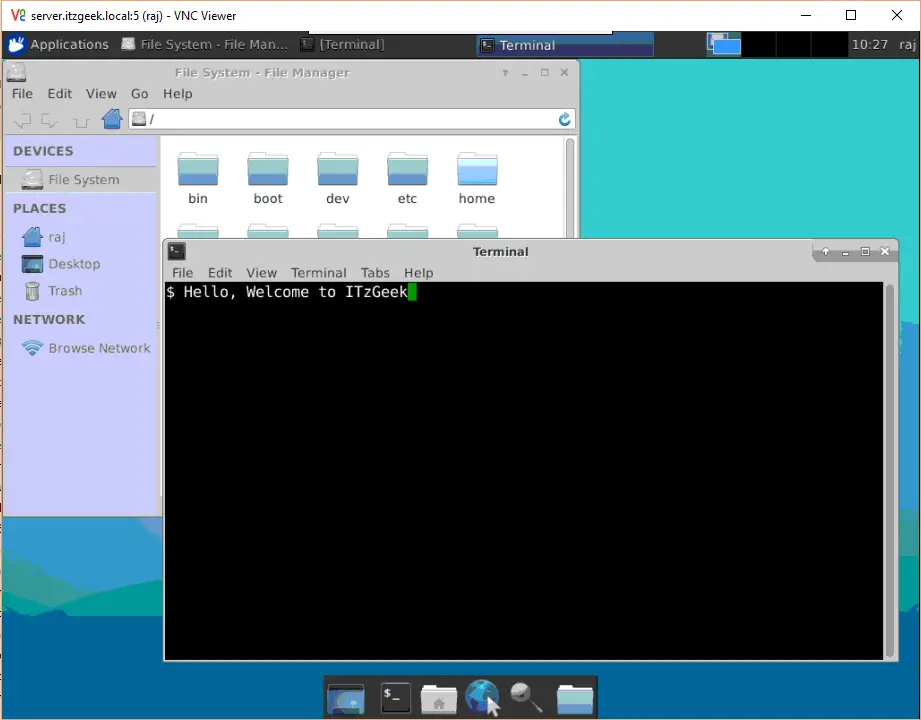Manage call recordings directly from History - see which calls have recordings, play and delete recordings as well. Additional filtering categories - not only can.
Just like the Windows Task Manager that you might be using for years, Ubuntu also comes with a built-in processes & resources monitoring utility called the Gnome System Monitor. This Ubuntu task manager allows you to kill, end, stop and resume processes on your Ubuntu. Although most Ubuntu systems have it installed by default, you might have a version that lacks it. In this article, we will explain how to install/uninstall and launch the Ubuntu task manager both through the command line and the Ubuntu GUI. The article also explains some basic functions that you can perform through the System Monitor utility. We have run the commands and procedures mentioned in this article on a Ubuntu 18.04 LTS system.
Install GNOME System Monitor through the Command Line Open your Ubuntu command line, the Terminal, either through the Dash or by using the Ctrl+Alt+T shortcut. Enter the following command in order to refresh the list of available packages: $ sudo apt-get update This command will update your system’s software repository index with that of the Internet so that you can install the latest release of a software. $ sudo apt-get update The system will ask you for your password as only an authorized user can add, update, remove and configure software on Ubuntu. Now enter the following apt-get command in order to install the latest Gnome System Monitor application: $ sudo apt-get install gnome-system-monitor The system will prompt you with a Y/n to confirm the beginning of the installation procedure. Enter Y and then hit Enter.


This will install the software on your system. Launch System Monitor from Command Line You can launch System Monitor by entering the following command in your Terminal: $ gnome-system-monitor This will launch the Ubuntu Task Manager in the UI. You can quit the application from the Terminal by using Ctrl+C and also quit the Terminal by typing Exit and then hitting Enter. Uninstall In order to uninstall System Monitor from your system, enter the following command as sudo: $ sudo apt-get remove gnome-system-monitor The system will prompt you with a Y/n option in order to begin the uninstall procedure.
Please enter Y and hit Enter to begin. Gnome System Monitor will then be removed from your system. Install System Monitor through the UI For a person who does not want to open the Command Line much, installing a software present in the Ubuntu repository through the UI is very simple. On your Ubuntu desktop Activities toolbar, click the Ubuntu Software icon. In the following view, click on the search icon and enter System Monitor or even Task Manager in the search bar.
Dulhan serial zee tv last episode 1. The search results will list the GNOME System Monitor entry as follows: Click on the GNOME System Monitor entry as it is the official system monitoring application by Canonical. The following dialog will appear: Click the Install button to begin the installation process. The following authentication dialog will display for you to provide your authentication details as only an authorized user can install software on Ubuntu. Enter your password and click the Authenticate button. After that, the installation process will begin, displaying a progress bar as follows.